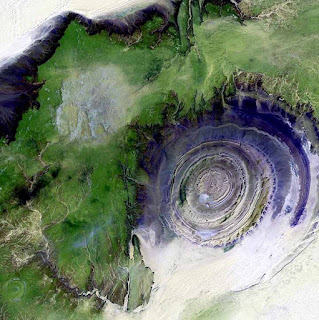Like many people, I have always been fascinated by comets, but my interest went up a few notches when I was researching for my book Yuga Shift and realized that the turbulent periods of transition between the Yugas or World Ages are almost always accompanied by comet and meteor impacts originating from the Taurid resonant swarm – a dense swarm of comets and asteroids hidden in the core of the Taurid meteor stream.
That’s when I started becoming aware aware of the mysterious, inexplicable, and quite unpredictable nature of comets that has been a source of great puzzlement for astronomers. David H. Levy, an amateur Canadian astronomer who has discovered 22 comets, and is widely regarded as one of the most successful comet discoverers in history, had famously said, “comets are like cats: they have tails, and they do precisely what they want.”








